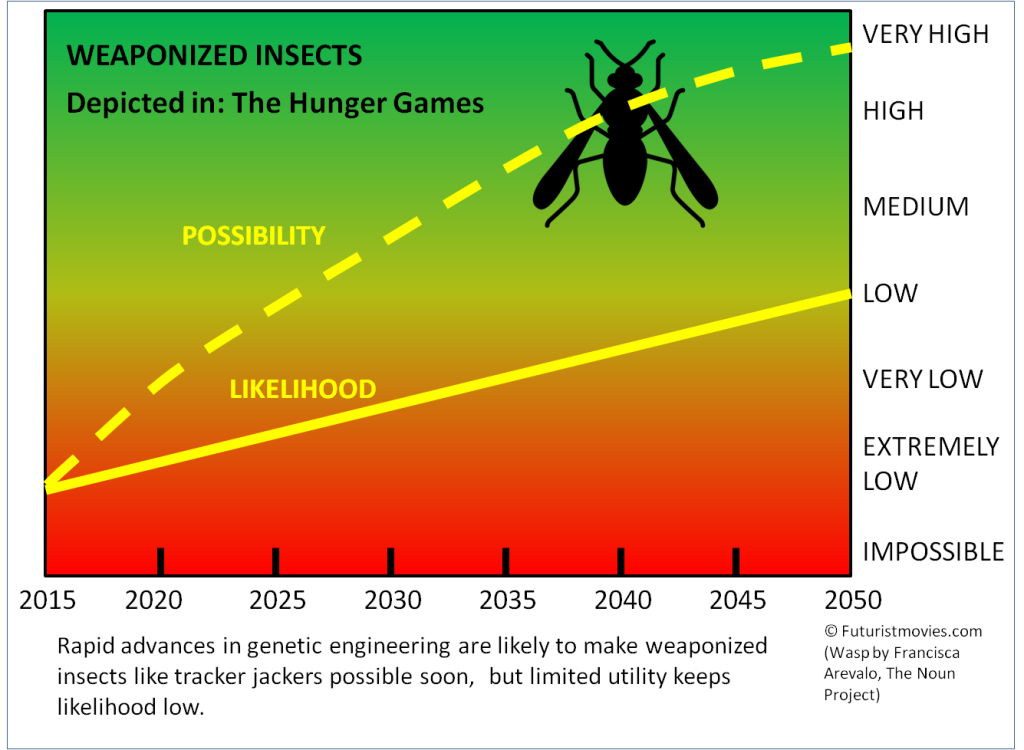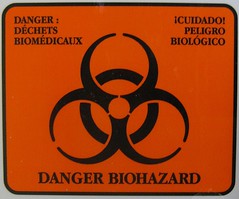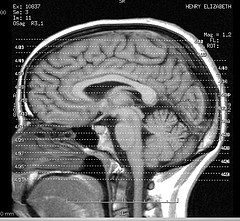Release dates: 2014 and 2015
Setting: 2100s+
Ratings:
- Futurism — 7. The series gives some thought to the nature of social control and political power.
- Plausibility — 7. The situations depicted are shown fairly plausibly; despite its origins in young-adult science fiction material, this series takes war more seriously than a lot of war movies.
- Storytelling — 7-8. Relative realism keeps the story worth watching.
Politics
The United States as we know it is gone, transformed politically and culturally. It is unclear whether this was the result of a gradual evolution or some cataclysm, though the drastic results suggest the latter. The country is still suffering the effects of a civil war about 75 years before.
The background conditions for the “Hunger Games” series are disturbingly plausible:

Nuclear weapons will likely be joined by new menaces such as bioengineering, and nanotechnology could become a threat. International relations are more peaceful than they have been in the past, but great-power war is still possible, or the U.S. could be devastated by civil war.
As for authoritarianism, it is always a plausible outcome for destabilized, large-scale societies.
Weaponized biotech animals
Animals and insects engineered for combat — “muttations” — are some of the more creative elements of this series. They are increasingly possible, as our bioengineering capabilities rise, but somewhat unlikely, as they would tend to be difficult to use.

Note that the most dangerous animal in the world is currently the mosquito, which infects millions with disease, and mosquitoes are the most plausible insect target for weaponization. While mosquitoes could be made worse, plans are moving ahead to use biotech to de-weaponize the creatures.
In these movies, the Capitol deploys other muttations based on mammals and reptiles. Possibility and likelihood are somewhat similar to those for insects, at least for combat animals. For other purposes, genetic engineering of mammals is likely.
 Popular Mechanics
Popular Mechanics Bradley Kreit of IFTF has a provocative
Bradley Kreit of IFTF has a provocative  In many movies, totalitarian governments closely track banned behavior: in
In many movies, totalitarian governments closely track banned behavior: in  The Post
The Post